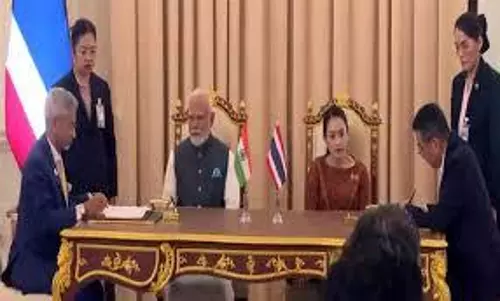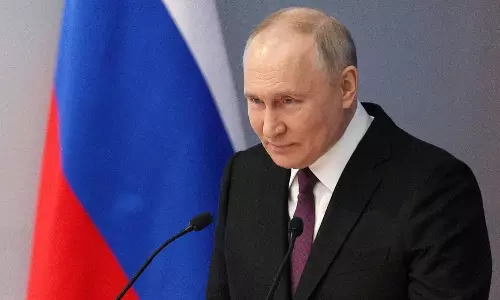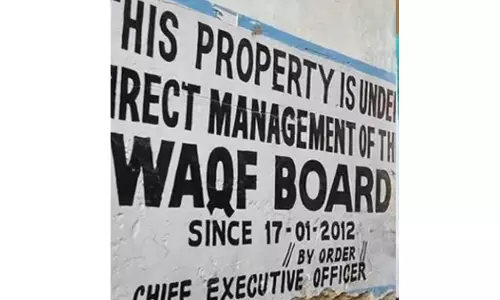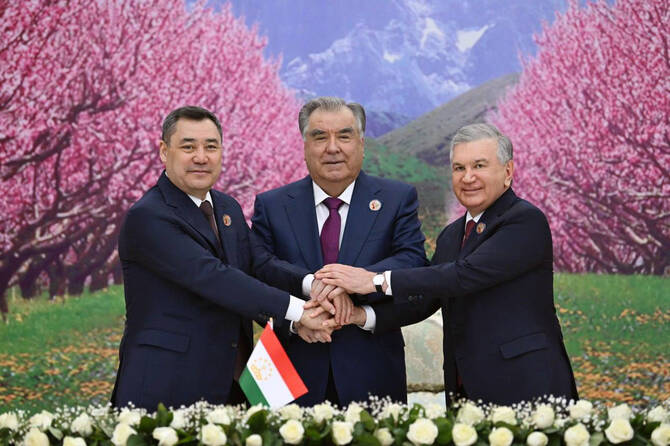
Saudi Arabia welcomes border treaty, ‘eternal friendship’ pact between Tajik-Kyrgyz-Uzbek
text_fieldsSaudi Arabia welcomed the landmark border agreement between Kyrgyzstan, Tajikistan and Uzbekistan, hailing it as a major step toward regional peace and cooperation in Central Asia. The deal formalizes the shared border in the historically contested Fergana Valley — a mountainous, densely populated area that has long been a flashpoint for violent clashes over resources, particularly water.
In a statement issued by the Ministry of Foreign Affairs, the Kingdom congratulated the three nations for signing the Khujand Declaration on Eternal Friendship, praising their commitment to dialogue and cooperation.
“Saudi Arabia wishes the friendly countries continued stability and prosperity,” the statement said.
The border agreement was signed Monday by Tajik President Emomali Rakhmon, Uzbek President Shavkat Mirziyoyev and Kyrgyz President Sadyr Japarov. Their summit in the Tajik city of Khujand comes just days before a scheduled EU-Central Asia summit in Uzbekistan. It marks a significant milestone in efforts to settle post-Soviet territorial disputes.
The Fergana Valley, carved by Soviet-era borders that often ignored ethnic and geographic realities, has seen repeated outbreaks of violence, primarily over access to water — a dwindling resource in the face of worsening climate change. The new agreement is expected to enhance border security, improve resource sharing, and facilitate regional economic ties.
As part of the summit, the presidents also underscored their commitment to deeper cooperation in energy and transport. Notably, the Tajik and Kyrgyz leaders inaugurated a new section of a joint high-voltage electricity transmission line to supply Pakistan and Afghanistan with hydropower generated in Central Asia.
This latest summit follows recent momentum in regional diplomacy. Tajikistan and Kyrgyzstan signed a bilateral border agreement in March, and Kyrgyzstan concluded a similar deal with Uzbekistan in 2023. These developments reflect a growing trend of reconciliation and integration among the Central Asian republics.























